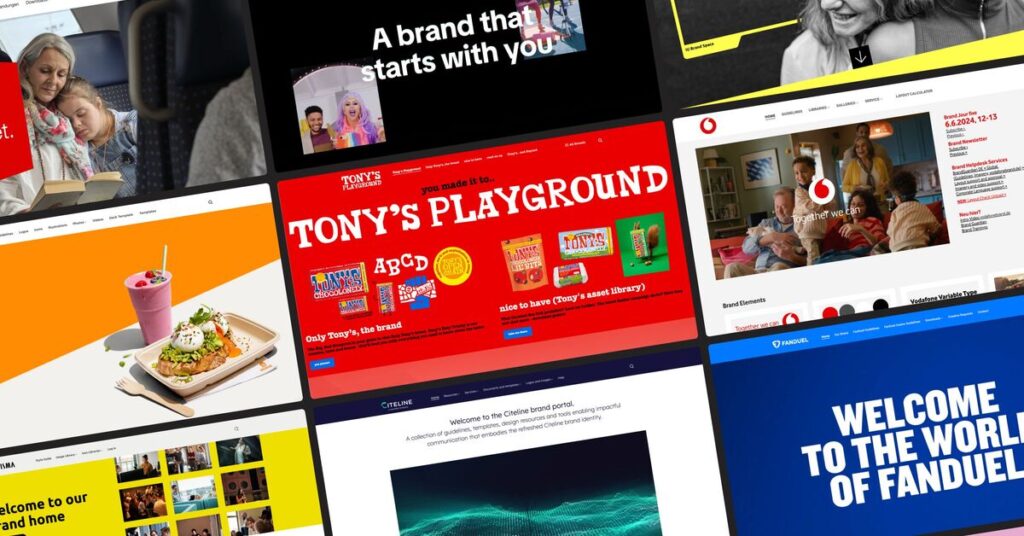Influencer marketing harnesses the popularity and credibility of content creators in various niches to promote brands and drive brand awareness. Since traditional advertising is losing its impact, brands are turning to influencer marketing to expand their reach and engage with their target audiences. Let’s explore the nuances of influencer marketing, the different types of influencers, and how to create a successful influencer marketing strategy.
What is Influencer Marketing and Why is it Important?
Influencer marketing has become an essential part of any successful marketing strategy. It utilizes leading content creators in a niche to increase brand awareness, website traffic, and messaging to target audiences. The collaboration between brands and influencers expands reach across different buyer personas.
Influencer marketing is effective because it utilizes word-of-mouth marketing and social proof, which are critical today. Customers trust recommendations from people they know and admire more than brands.
Types of Influencers
There are several types of influencers in the industry, including micro-influencers, celebrity influencers, bloggers, social media influencers, and key opinion leaders. Understanding the unique characteristics and advantages of each type can help us develop more effective influencer marketing strategies. A breakdown of each of these types of influencers proves beneficial in getting a clear picture of each of them.
Micro-influencers have a smaller but more engaged audience within a specific niche, which allows them to build genuine connections with their followers. On the other hand, celebrity influencers have millions of followers, offering a wider reach but less engagement. Blog influencers, with thousands of website subscribers, can write sponsored posts. Social media influencers have large followings on social media platforms, which makes them ideal for promotional partnerships.
. Finally, there are key opinion leaders (KOLs), who are experts in their niche and are trusted by their followers.

How to Find the Right Influencers for Your Brand?
Here are a few tips for you to choose the right influencer for your brand:
- Research influencers on Google, social media, and blogs in your industry, ask for referrals, and use influencer software like BuzzStream.
- Prioritize content quality and engagement over follower count. Ensure the influencer’s audience and values align with your brand.
Creating an Effective Influencer Marketing Strategy
In order to create an effective influencer marketing strategy, follow these steps:
- Set goals focused on reach, relevance, and resonance.
- Define your target audience and buyer personas.
- Pick influencer types and set a budget.
- Vet influencers and review their content.
- Develop campaign messaging and guidelines.
- Set expectations through an agreement.
- Pay the influencer through money, free products, or other incentives.
- Track performance with sales, traffic, engagement metrics, and ROI.

Influencer Marketing Trends to Follow in 2023
Here is a list of marketing trends I’ve identified:
- Micro-influencers gain more importance than celebrity influencers.
- Expand influencer marketing beyond Instagram to YouTube, TikTok and more.
- Turn customers and employees into influencers.
- Build long-term influencer relationships versus one-off campaigns.
The Big Picture
As influencer marketing continues to evolve, it offers businesses new opportunities to connect with their target audiences effectively. By understanding the different types of influencers, crafting a well-defined strategy, and measuring the impact of influencer campaigns, you can leverage the power of influencer marketing to boost your brand and drive success.



